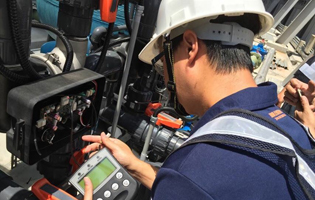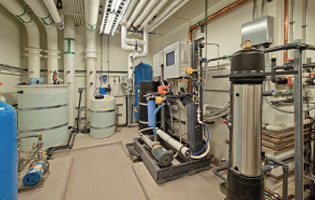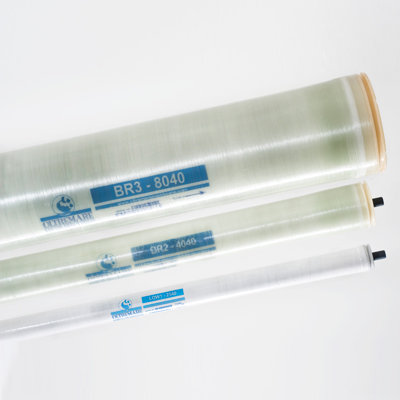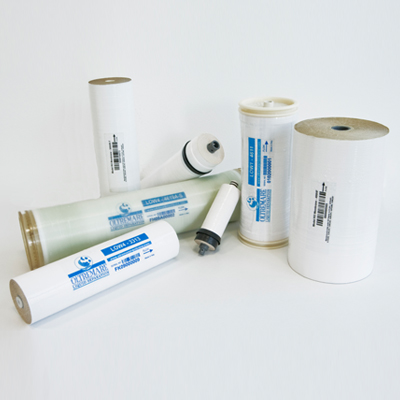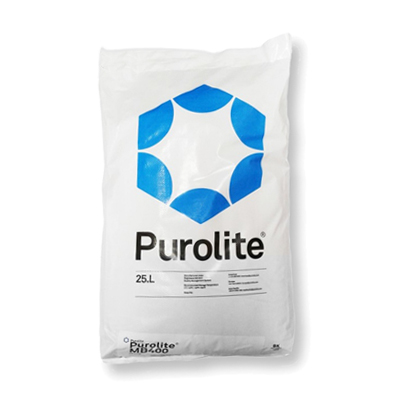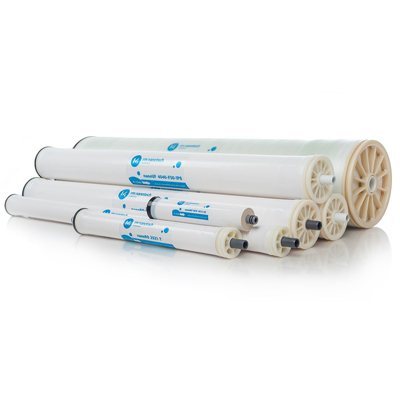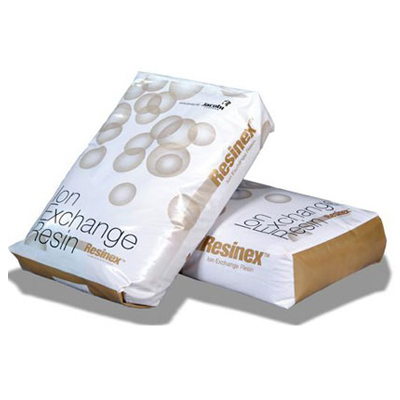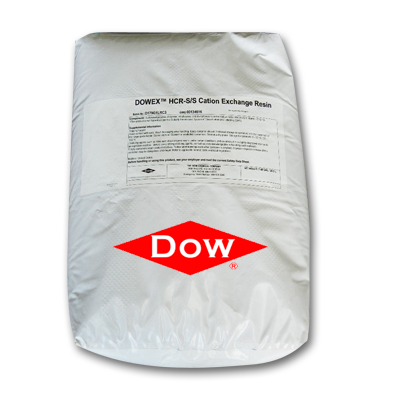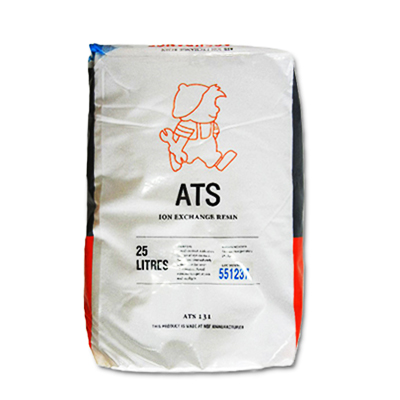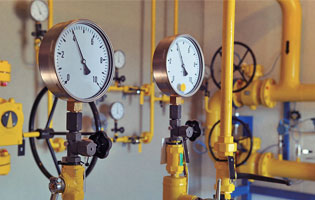PRODUCT INFORMATION
UV (ultraviolet) sterilization technology
- front page
- product
- Water Treatment Technology
- Technology Development Department
- UV (ultraviolet) sterilization technology
Product Information
- heat treatment
-
water treatment
- Arsenic remover
- Desulfurizer
- Deaerator
- Water softener (except calcium and magnesium)
- Carbon filter (removal of chloramines)
- Sand filter (remove impurities)
- Iron remover (removal of iron and manganese)
- RO water purifier
- Pre-backwash filter
- UV ultraviolet sterilizer
- Ion exchange resin
- reverse osmosis membrane tube
- stainless steel filter
- Various tanks for water treatment
- Various application filter media
- 美國 Clack Clark control valve
- 美國 Fleck Control Valve
- 美國 Pentair Control Valve
- 美國 Autotrol Control Valve
- Runxin Control Valve
- Injection treatment
- Technology Development Department
-
brand
- Demo brand
- US DOW
- IDEX USA
- US CLACK
- EMERSON, USA
- American PENTAIR
- SIEMENS Germany
- American PULSAFEEDER
- Denmark DANFOSS
- Thailand HAYCARB
- France SUNTEC
- UK PUROLITE
- Japanese NOP
- Japan OLYMPIA
- Japan KATSURA
- BRAHMA, Italy
- SAGINOMIYA
- HONEYWELL
- AZBIL (YAMATAKE)
- OLTREMARE
- NIPCON
- TROCHOID
- domestic
- EGO
- KATO
- LECIP
- ATS
- JACOBI
- ETATRON
- WAVE CYBER
- BOSCHINI
- NIPPON
- WL
- CASH ACME
- YAZAKI
- RUNXIN
- About | Contact

UV (ultraviolet) sterilization technology
Technical explanation
Is there a need for UV sterilization of urban tap water supply?
Our city staff work very hard to provide safe, sanitized water to all citizens. This is no easy task, as municipal water needs to pass through a vast distribution pipeline to provide safe drinking water and the difficulties involved are evident. If you are using your water supply from municipal tap water and want extra peace of mind with your water, then we believe UV sterilization can be an affordable option, adding an extra layer of protection against the possibility of bacterial contamination of your drinking water.
Is it necessary to sterilize the water supply?
For water sources (eg groundwater) that are not subject to municipal water treatment planning by city personnel, we recommend sterilizing this water supply. Since the earth is naturally polluted, there is a high degree of uncertainty in the quality of naturally found water supplies, and we can no longer rely on observational guesswork "likely to be safe" to make decisions. Therefore, an additional layer of UV sterilization can prevent the possibility of bacterial contamination of the water supply.
How does UV light kill microorganisms (bacteria)?
UV light cannot kill microorganisms, only chlorine can kill microorganisms, but UV light can "inactivate" microorganisms. The specific wavelength of UV ultraviolet rays is 254nm, which can be easily absorbed by the genetic material (DNA strands) of microorganisms (wire bacteria). DNA strands contain specific genetic codes called base pairs, and the coding sequences of these base pairs give an organism its genetic characteristics. The specific wavelength of UV light at 254 nm is easily absorbed by the genetic code for reproductive function on the DNA strands of microorganisms. Make it unable to reproduce, and microorganisms that cannot reproduce will not be infected after eating. In other words, the microorganism has been sterilized or sterilized. They will eventually die naturally.
The picture shows the DNA strands of microorganisms (bacteria). You can see where the UV rays are absorbed and how blockages form, causing the microbes to become sterile.
Can UV light "inactivate" Cryptosporidium and Giardia?
Cryptosporidium and jadia are so-called protocells in microbiology. Protocytes can be simply described as single-celled microorganisms living in water, which are much larger compared to other microorganisms. Most primary cell cysts are parasitic. Both Cryptosporidium and Jadia are parasitic. The microbes go dormant when in water, but when they enter their host (any mammal), they release colonies and start multiplying, eventually leading to prolonged periods of severe diarrhea and dehydration. Cryptosporidium and jadia were only microbes of concern about 30 years ago when 美國 Milwaukee was suffering from a waterborne disease epidemic. Milwaukee's drinking water was surface water, contaminated with high levels of Cryptosporidium at the time. More than 100,000 people were infected with cryptosporidiosis and more than 400 died. 美國 EPA recognizes that they need to take these microorganisms into account and include them in their drinking water guidelines. When testing was completed, chlorine was found to be ineffective against either protozoa. This was then followed by testing using UV technology, which initially failed due to improper testing procedures. But it turned out that UV light was actually very effective against Cryptosporidium and Jadia. The UV dose required to inactivate these microorganisms is actually quite low; less than 10 mJ/cm2, which reduces Cryptosporidium and Giardia by 99.9%.
Can UV light kill all microorganisms in water?
Under certain conditions, and the UV equipment needs to achieve 4-log certification, it can truly inactivate all microorganisms in the water (including: bacteria, viruses, primary cell cysts). In addition, it is necessary to verify that the design rating of this equipment is calculated for the specific flow rate and water quality of the water supply. And, before installing UV equipment, it is best to conduct microbiological laboratory tests on the water supply. We recommend that if your water has a bacterial count over 1000 CFU/10 mL, the first thing you need to do is to first investigate what could be causing such a high bacterial count, and design a large UV device to prevent Make sure that high UV doses are actually delivered into your water supply.
Are UV rays effective against E. coli?
Yes, E. coli requires a UV dose between 6-10 mJ/cm2 to achieve 4-log certification.
How to clean the quartz sleeve of UV equipment?
If the quartz sleeve is soiled, remove the quartz sleeve from the UV reaction chamber of the device, and then clean the outside of the quartz sleeve with a calcium arium remover such as Lime-Away or CLR. During cleaning, if the inside of the quartz sleeve gets wet, be sure to dry the inside of the quartz sleeve thoroughly before reassembling.
My UV light is still glowing blue; do I need to replace it?
UV light that inactivates microorganisms in water is invisible light, so the blue light you see from UV lamps is not really germicidal light. The working principle of the UV lamp can be simply described as a low-pressure mercury vapor lamp, which means that the UV light is sterilized by the mercury vapor in the quartz sleeve. During a year of use, mercury vapor is utilized, resulting in a reduction in the intensity of UV rays. In principle, the intensity of a UV lamp that is used for one year will decrease by about 20%. We strongly recommend changing the UV lamp once a year.
What maintenance is recommended for UV equipment?
For long-term use, UV equipment should replace the lamp once a year. If the water quality is of good quality (iron-free, hardness, etc.), it is recommended to clean the quartz sleeve when replacing the lamp, otherwise the quartz sleeve should be replaced regularly.
PLEASE NOTE: If your UV equipment is equipped with a sensor, you must make sure to clean the sensor's electric eye and quartz sleeve.
All new UV lamps come with a pair of O-rings. Please replace the removed O-ring with a new O-ring.
Are UV rays harmful to humans?
Never expose your skin or eyes to light from UV equipment. UV light is invisible, but it is harmful, similar to the harmful effects of UV light from the sun on people. If the skin is exposed to UV light for a long time, it can cause severe sunburn effects.
Make sure you wear protective goggles (eg: safety glasses or sun glasses) for UV maintenance actions. And make sure you don't touch the UV light with your fingers, as oil from your hands can form a residue on the light, which may block the UV light.
What does "log inactivation" mean?
Due to the high number of microorganisms, a logarithmic scale must be used for the investigation. LOG inactivation is the amount of inactivation of microorganisms on a logarithmic scale.
What is UV Dosage?
UV dose is the amount of energy radiated from a UV lamp over a specific period of time. Therefore, UV dose (or fluorescence) is a product of UV intensity and exposure time. UV dose is usually measured in millijoules per square centimeter. Every good quality UV system should be designed to sterilize water under and under specific water quality conditions to deliver a UV dose of 30 mJ/V before the end of the bulb's useful life (i.e. one year). cm2.
If your water flow is 10GPM, going through a 5GPM UV device, then this water supply will only receive half the dose because the flow is doubled. Likewise, if a 12 GPM UV device is installed, but your water flow is 6 GPM, then this water supply will receive double the UV dose because you increase the water's UV exposure time.
The UV industry standard dose standard is 30 mJ/cm2 and must be maintained at this level until the end of lamp life (EOL). Different international validation protocols will specify different dose values. For more information on the various verification dose requirements, please refer to the academic document.
What are UV rays?
UV light is part of the electromagnetic spectrum and is irradiated at specific wavelengths. All light is emitted at different wavelengths. For example, if you see a rainbow, you will notice that the colors are always in a specific order, from red all the way to blue. Because of the wavelength of each color, you can see them. These wavelengths are part of the visible part of the electromagnetic spectrum.
UV light has a wavelength of 254nm (nanometers) and is invisible to the naked eye. This part of the electromagnetic spectrum is called UV-C light or germicidal wavelengths. Microbes irradiated at this 254nm wavelength undergo genetic alterations that ultimately lead to inactivation. Please see attached spectrum
UV equipment manufacturers can utilize this wavelength of light in UV lamps, designed to sterilize your water.
Will UV light change the taste and/or smell of water?
Won't. If disinfected by chemical (such as chlorination), the taste and odor of the water will change (depending on the chlorine concentration, the water can smell like bleach) and will have a disinfecting effect. The problem with chemical disinfection is the production of trihalomethanes and halogen acids (DBP). Both DBPs may be carcinogenic when ingested in high concentrations. The pH and conductivity of drinking water also changes when chlorine is added.
UV light is a physical type of disinfection. This means that UV light will only have an effect on microorganisms in the water. Water does not undergo chemical changes, nor does it taste or smell. If the water stagnates in the UV reactor, the temperature of the water may increase. Such as when there is little or no use (night).
If there is color in the water, it will lead to low UVT, how to improve it?
If the water is dark in color, it is likely the concentration of tannins. High tannin concentrations are found in most surface waters and some groundwaters, or in waters with a lot of decayed vegetation. The problem is that there is no way to remove tannins from water simply by physical filtration.
Tannins are colloidal suspensions because they are negatively charged and therefore do not simply settle into solution like turbidity. Tannins are water-soluble organic compounds formed during the decomposition of organic matter. It can cause a slight yellow color in the water and rapidly reduce the UVT value in the water as the tannin concentration in the water increases.
The most effective way to remove tannins from drinking water is to use an anionic resin system. The hardness in the water is removed from the water through a cation exchange system or water softener because the hardness compounds need to be exchanged with sodium ions to remove the hardness. However, tannin removal equipment works on the same principle as a water softener, but with a slightly different resin. The water softener uses the cation exchange resin inside the equipment to exchange cations (positively charged ions, such as calcium and magnesium) for sodium ions, and the tannin removal equipment uses the anion exchange resin inside the equipment to exchange anions (negatively charged ions). , such as tannins) in exchange for chloride ions.
What is UVT?
The amount of UV transmission at 254 nm (ie, the wavelength of light of a UV lamp) is a measure of the fraction of emitted light transmitted through the water column. UV transmission is the ratio of light entering the water to the light leaving the water. UVT is typically a 1 cm path length. As the UV absorption rate increases, the UV transmittance decreases. UVT is measured using a spectrophotometer. High color and/or tannin levels will result in lower UVT levels. If water does not transmit UV light, it is less effective than UV light for disinfection
Does my water need to be pretreated before the UV system?
Yes, you must test the water before installing a UV system. Many people feel that if they can fill a glass with water and the water looks clear, that must mean it's fine. But in fact, it's not. There are more substances in the water than can be seen by the naked eye. Water flowing through a UV system needs to be pre-removed for hardness, iron, turbidity, manganese, and color (which may be called tannins). The following are 瑞順 recommendations for ATS UV systems:
Hardness < 7 gpg
Iron < 0.3 ppm (parts per million)
Manganese < 0.05 ppm
Turbidity < 1 NTU
UVT > 75%
Tannins < 0.1 ppm
If the above primes exceed these levels, it may result in a decrease in the efficiency of the UV system, which can lead to an alarm condition if the system is monitored. We recommend that our customers install a 5 micron filter before the UV system to reduce any turbidity that may be present in the water. We also recommend doing a water quality analysis before installing UV.
How to sanitize water pipes in your home?
UV systems are designed to protect your water from disease-causing microbes, but there is a chance that harmful microbes may already be present in the water pipes. Therefore, when installing the UV system, the water pipes need to be disinfected. A simple method is to introduce a disinfectant (chlorine) into the line through a filter. When the ATS UV system is plumbed, simply fill the housing with household bleach (bleach contains 5.25% of chlorine). After turning on the ATS UV system, turn on the water and make sure chlorine odor is detected in each faucet. Leave the bleach in the line for at least an hour. Then draining the line of chlorine is done.
What is a solenoid valve? Can I connect a solenoid valve to an ATS UV system?
A solenoid valve is an electrically actuated mechanical valve that opens and closes when power is applied. This valve can be installed and connected to a monitored ATS UV system. If the UV intensity falls below the recommended level, the solenoid valve will be activated and automatically shut off the water flow. This will stop the flow of contaminated water through the UV system. The solenoid valve can be connected to the ATS UV system through dry contacts or directly to the ATS system.
Where should I install a UV sterilization system, compared to other water treatment equipment?
The UV system must be installed in the last water treatment equipment.
Will the UV system affect (limit) my water pressure?
No, the 瑞順's ATS UV system is designed with application-specific inlet/outlet ports. For example, a system with 8 GPM flow comes with 3/4” ports. Other manufacturers' systems have an average pressure drop of 2-3 psi.
Will UV light change the taste and/or smell of my water?
Won't. Through chemical disinfection (eg: chlorination), the taste and smell of water will change (depending on the chlorine content, the water can smell like bleach), and disinfection by-products (chemical disinfection by-products DBP) such as : Trihalomethanes and haloacetic acid. Both DBPs may be carcinogenic when ingested in high concentrations. In addition, when chlorine is added to the water, the pH and conductivity of the water will also change. Ultraviolet UV is a physical type of disinfection technology. This means that the UV rays will only have an effect on the microorganisms in the water. Water does not undergo chemical changes, nor does it taste or smell. The only change is that if the water sits in the UV reactor for too long, the temperature of the water may increase. Especially when it is rarely or not used, such as at night.
What UV dose is considered sufficient to remove viruses from the water supply? It depends on the water quality and fluidity of the water supply, and is related to the design size of the reaction tank of your UV system, so that the most standard check can be done. Please call or email to inquire!
Should the system be shut down when not in use?
No, the UV system should be retained whether or not water is used. Lamps will age regardless of the amount of water drawn through the system. By opening the unit, you will eliminate the potential problem of contamination passing through the system when the unit is closed.

